The Chevrolet Corvette has captivated car enthusiasts for decades with its blend of cutting-edge technology, sleek design, and high-performance capabilities. Since its debut in 1953, the Corvette has evolved into an iconic sports car, renowned for pushing the boundaries of automotive innovation. From its impressive speeds to its unique engineering features, the Corvette continues to set benchmarks in the industry, earning a dedicated following and a place in automotive history.
What makes the Corvette truly special are the remarkable details that highlight its legacy and influence. Whether it’s the car’s astounding reverse speed capabilities, its deep connection with American astronauts, or its pioneering use of materials and technologies, each aspect of the Corvette’s story adds to its allure. These amazing details not only showcase the Corvette’s engineering excellence but also its significant cultural impact, cementing its status as a legendary vehicle.
Contents
The Corvette C7 Can Reach a Top Speed of 53 mph in Reverse

The Corvette C7 is renowned not just for its forward speed but also for its remarkable reverse capabilities. This model can achieve a top speed of 53 mph in reverse, a testament to its powerful engineering and innovative design. This unusual feature highlights the advanced transmission system of the C7, showcasing Chevrolet’s commitment to pushing the boundaries of automotive performance. It is a quirky yet impressive detail that underscores the Corvette’s blend of power and precision, making it a standout in the world of sports cars.
Astronauts Have a Unique Affinity for Corvettes

Throughout the years, Corvettes have garnered a special place among American astronauts. This tradition began in the 1960s when General Motors gave the Mercury astronauts a new Corvette, cementing the car’s status as a symbol of American ingenuity and adventure. Notably, astronauts like Alan Shepard and Neil Armstrong were known to drive Corvettes. This unique connection between space explorers and the Corvette adds a layer of cultural significance to the car, associating it with the pioneering spirit of the space race era.
The Corvette Stingray’s Design
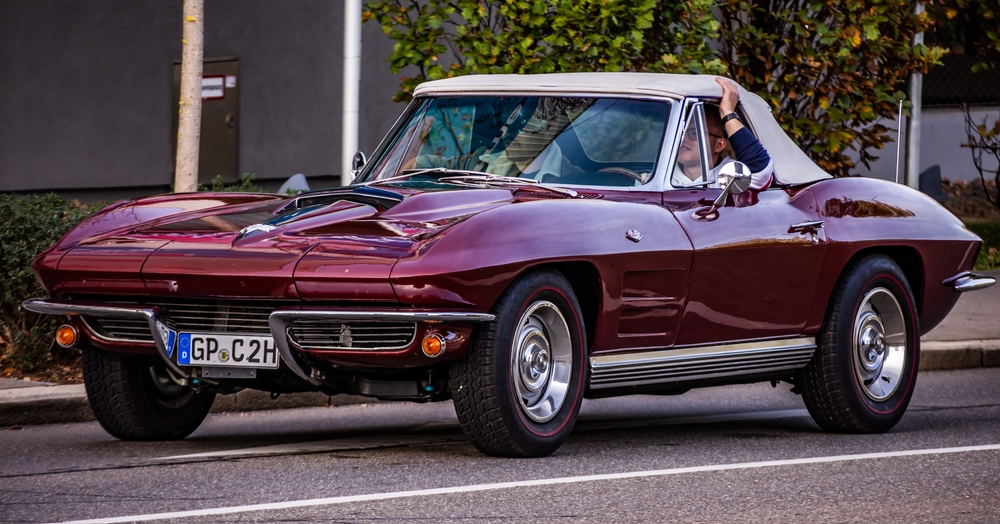
The Corvette Stingray, introduced in 1963, revolutionized automotive design with its sleek, aerodynamic lines and futuristic aesthetics. The Stingray’s split rear window and aggressive stance made it an instant icon. Its design not only captivated car enthusiasts but also set new standards for sports car aesthetics. The Stingray’s influence is still seen in modern Corvettes, proving that its groundbreaking design elements have a timeless appeal and a lasting impact on automotive design.
The 1968 Corvette L88 is Considered the Fastest Production Corvette Ever
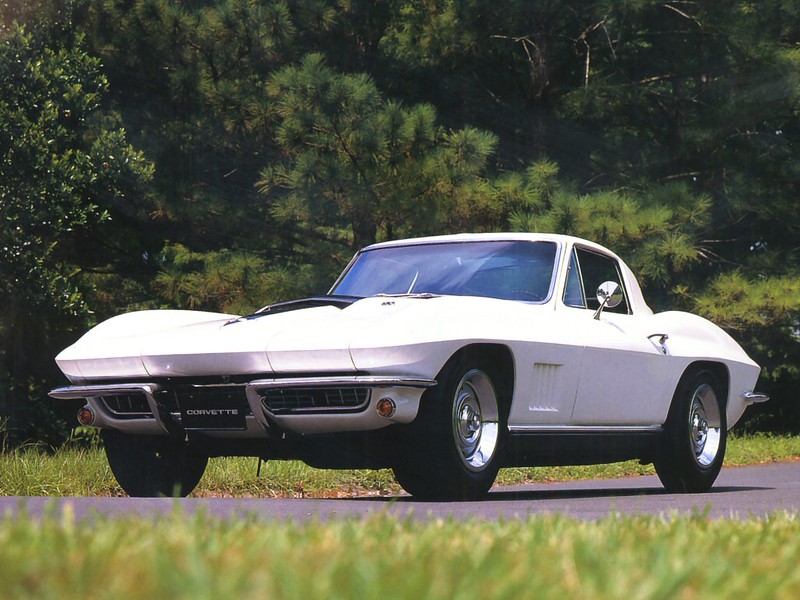
The 1968 Corvette L88 holds a legendary status among car enthusiasts due to its incredible speed and performance. With a 427 cubic-inch V8 engine producing around 430 horsepower (though it was likely much more), the L88 was designed for the racetrack. It could achieve speeds of up to 170 mph, making it the fastest production Corvette ever. This model exemplifies Chevrolet’s dedication to creating high-performance vehicles that push the limits of speed and engineering excellence.
The Corvette Has a Strong Following with Over 2 Million Units Sold
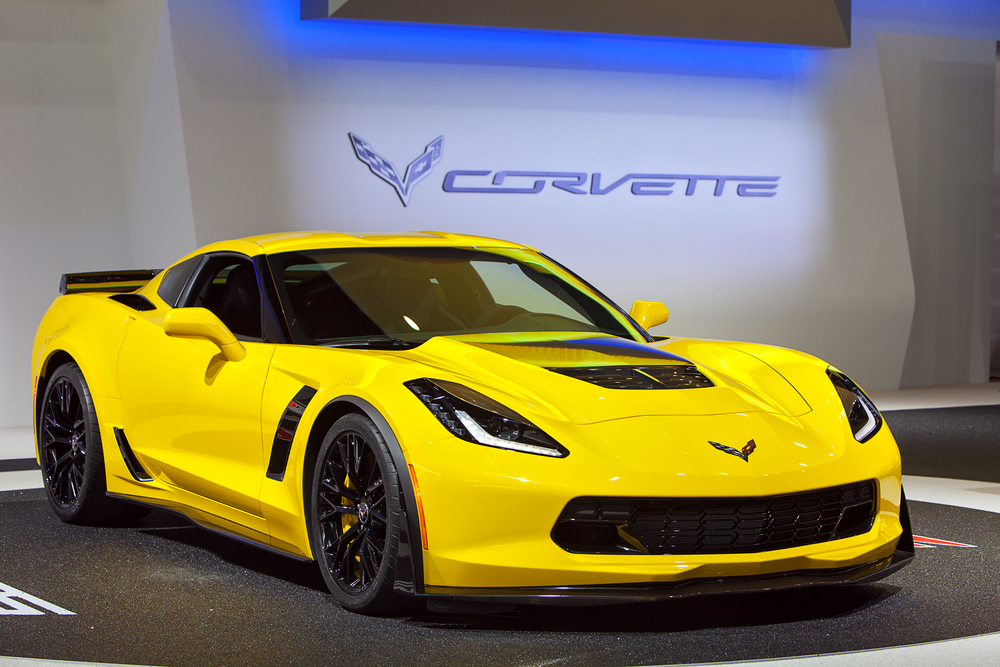
Since its debut in 1953, the Corvette has amassed a loyal following and achieved significant commercial success, with over 2 million units sold. This enduring popularity is a testament to the car’s consistent innovation, performance, and style. The Corvette’s ability to evolve with changing automotive trends while maintaining its core identity has ensured its place as an American icon. Its widespread appeal across generations highlights its impact on the automotive industry and car culture.
The Corvette ZR1 Was the First Production Car to Use a Supercharger
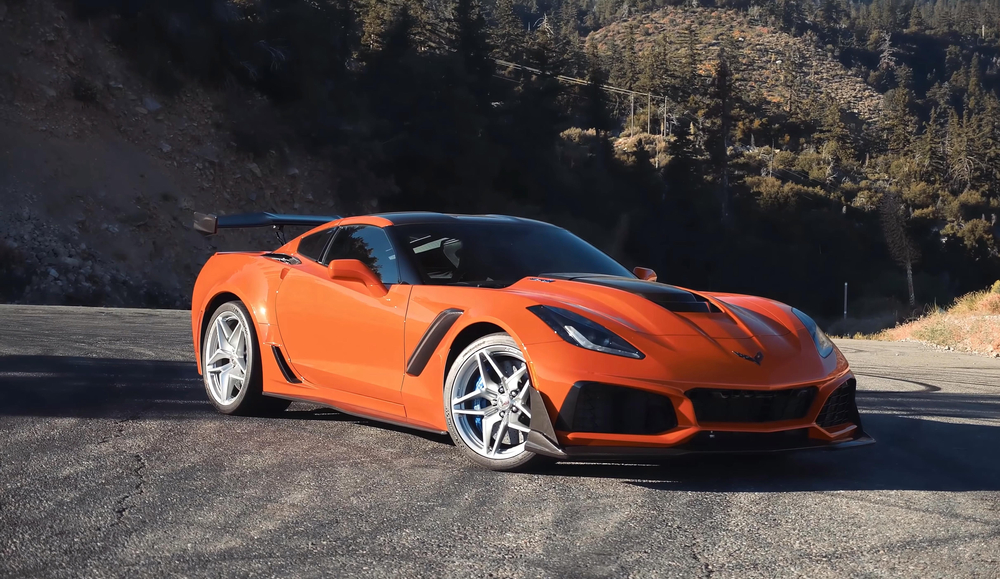
The introduction of the Corvette ZR1 in 1990 marked a significant milestone in automotive history as it became the first production car to use a supercharger. This technological advancement allowed the ZR1 to achieve unprecedented levels of power and performance. The use of a supercharger exemplified Chevrolet’s commitment to incorporating cutting-edge technology into its vehicles, enhancing Corvette’s reputation as a leader in performance innovation. This feature set a new benchmark for sports cars and influenced future high-performance vehicle designs.
The Corvette’s Aluminum Frame

The Corvette’s transition to an aluminum frame was a pivotal development in enhancing the car’s performance and handling. This lightweight material significantly reduced the vehicle’s weight, improving acceleration, fuel efficiency, and overall agility. The use of aluminum frames began with the fifth-generation Corvette (C5) and continued to evolve in subsequent models. This innovation underscores Chevrolet’s dedication to utilizing advanced materials to refine the driving experience, maintaining the Corvette’s competitive edge in the sports car market.
The Corvette’s Unique Fiberglass Body

From its inception, the Corvette has stood out for its innovative use of a fiberglass body. This choice of material, first introduced in the 1953 model, was groundbreaking at the time and contributed to the car’s lightweight and durable structure. The fiberglass body allowed for more aerodynamic designs and improved performance characteristics. This enduring feature has become a hallmark of the Corvette, symbolizing its blend of tradition and technological advancement.
The Corvette Grand Sport
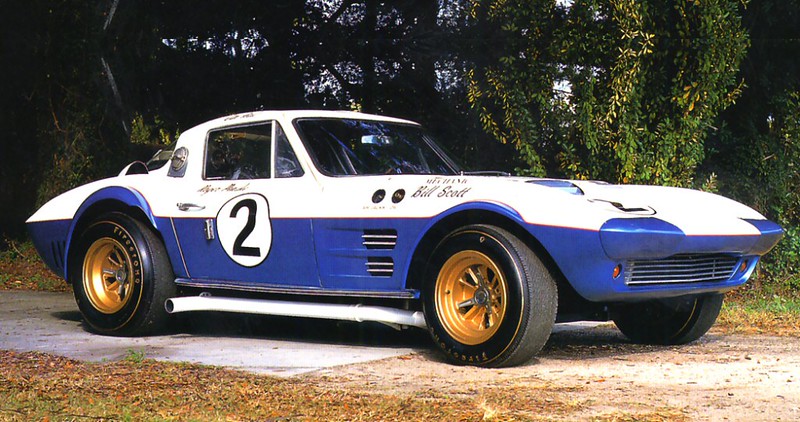
The Corvette Grand Sport, introduced in 1963, is a rare and highly sought-after model among collectors. Originally designed for racing, only five Grand Sports were built, making it one of the most exclusive Corvettes ever made. Its powerful engine and lightweight construction exemplified Chevrolet’s racing ambitions and engineering prowess. The Grand Sport’s legacy lives on in modern iterations, showcasing the Corvette’s continuous evolution and its deep roots in motorsport heritage.
The Corvette’s Racing Legacy
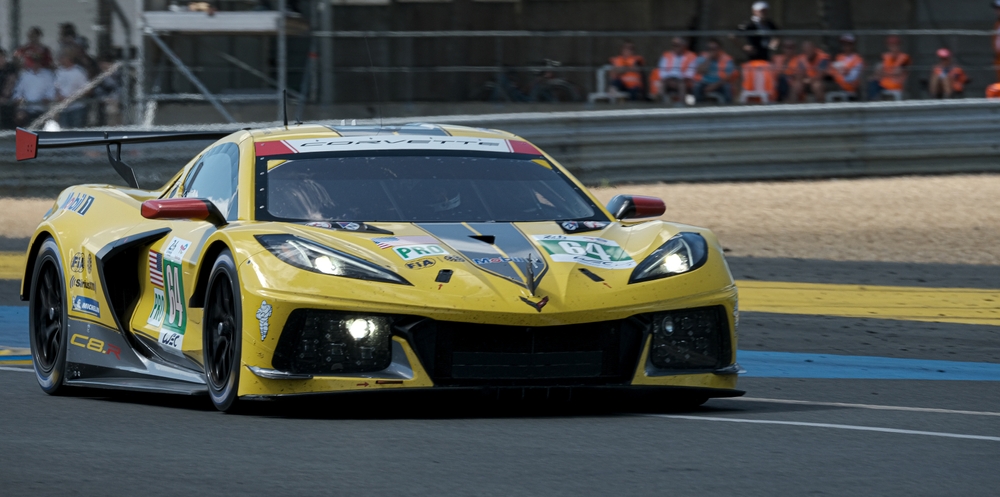
The Corvette has a rich history in motorsports, with significant achievements in races like the 24 Hours of Le Mans. Corvette Racing, the official racing team, has secured multiple class victories, demonstrating the car’s exceptional performance and reliability under the most demanding conditions. This racing pedigree has helped to continuously refine and improve production models, ensuring that each new Corvette benefits from the lessons learned on the track. The car’s success in motorsports underscores its engineering excellence and competitive spirit.
This article originally appeared on MyCarMakesNoise.
More from MyCarMakesNoise
13 Pickup Trucks Designed for Heavy-Duty Work and Play

When it comes to pickup trucks, versatility is key. Whether you need a reliable workhorse to tackle heavy-duty jobs or a capable vehicle for weekend adventures, today’s trucks are designed to do it all. Read More.
10 Classic RVs That Are Making a Comeback

Classic RVs are more than just vehicles; they are symbols of a lifestyle that embraces freedom, adventure, and a touch of nostalgia. As the desire for simpler, more meaningful travel experiences grows, many iconic RVs are finding new life on the road. Read More.
13 Least Reliable Cars on the Market

When it comes to choosing a vehicle, reliability is often at the top of the list for most buyers. A car that consistently performs well without frequent visits to the repair shop is what everyone hopes for. Read More.














